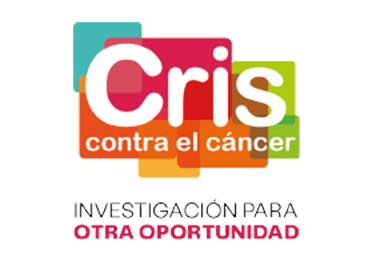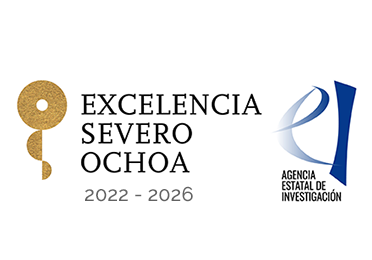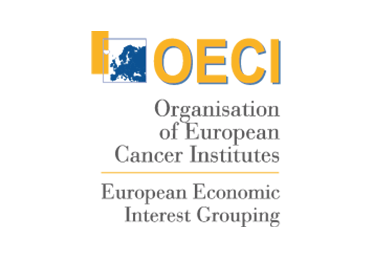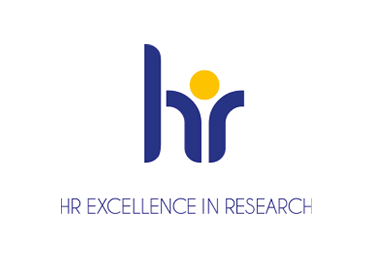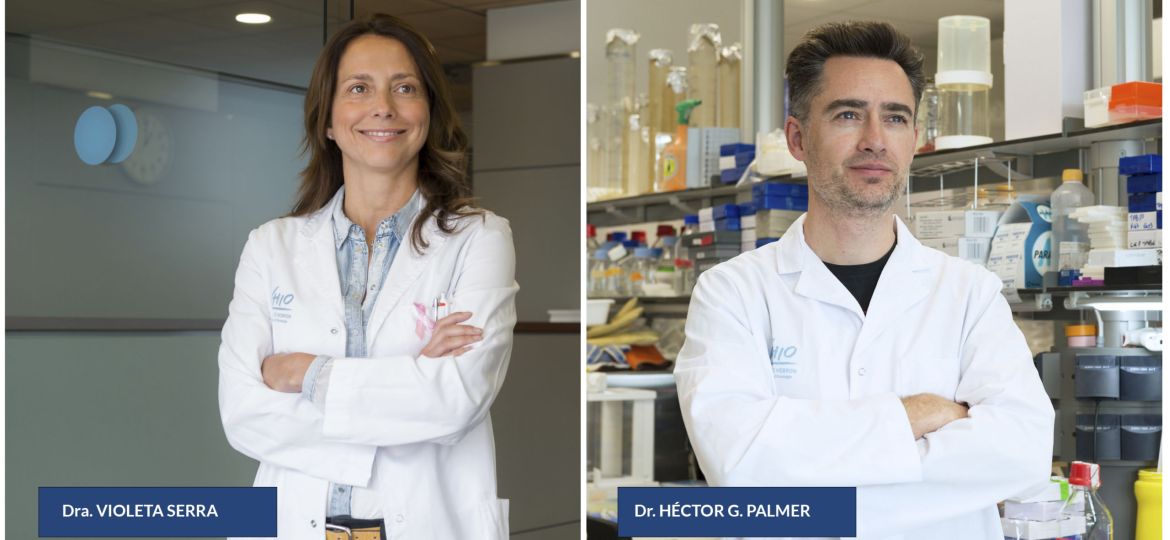
Barcelona, August 14, 2020.- Two VHIO-led projects have been selected by the national Agency for Management of University and Research Grants (AGAUR) to receive funding through two different EU European Regional Development Fund (ERDF) Calls.
One has been awarded within the framework of the Knowledge Industry Grants, promoted by the Secretariat of Universities and Research of Catalonia’s Regional Government. These grants aim at facilitating the creation and consolidation of a new business ecosystem with high added value, based on the results generated by research centers belonging to Catalonia’s science and innovation system. There are two types of support: Seed Grants for innovative projects with the potential to enter the production sector; and Product Grants for obtaining prototypes to enhance and transfer research results.
Awarded under the second category, PARPiPRED -also known as the RAD51predict test- headed by Violeta Serra, Principal Investigator of VHIO’s Experimental Therapeutics Group, has received a total of 100,000 euros, 50% of which is granted through ERDF funds.
The second VHIO project to receive support totalling at 84,000 euros -half of which derives from ERDF funding- is ONIRIA, directed by Héctor G. Palmer, Principal Investigator of our Stem Cells & Cancer Group. Specifically, this innovative undertaking was awarded under a Call promoting knowledge transfer and enhancement project developed by innovators during stays in institutions within the Catalan research and innovation system (Innovadores).
Both Grants are part of the Research and Innovation Strategy for Smart Specialisation in Catalonia (RIS3CAT), which promotes R+D+i as a driver for the transformation of productivity by supporting the transfer of knowledge and innovation.
RAD51predict to precisely gauge response to PARP inhibitors (PARPi)
Over recent years, a deeper understanding of cancer’s molecular mechanisms has led to the development of new targeted therapies that attack the Achille’s heel of this disease. They have been shown to be generally well tolerated and therapeutically beneficial. One family of these therapies are PARPi which seek to take advantage of the fact that some tumours have defective DNA repair via the homologous recombinant repair pathway, found in approximately 13% of all tumors. In Spain, these novel therapeutics have only been approved for some ovarian cancers. Future approval is anticipated for the treatment of other tumor types including breast, pancreatic, and prostate cancers with an identified biomarker.
“However, the biomarkers used to identify the patient population with the highest probability of responding to these therapies, namely platinum sensitivity or the BRCA1/2 mutation, have limited predictive capacity. There is also a need to extend the use of these drugs to patients with HRR deficiency beyond the aforementioned selection criteria,” observes Violeta Serra. She continues, “Response in cancer patients without BRCA1/2 mutation is currently being evaluated, as well as other tumors including prostate, pancreatic, and endometrial cancers.”
An immunofluorescence trial based on the location of three biomarkers has been carried out at VHIO, enabling the measurement levels of functional DNA repair and correlation with the response to RAD51predict’s therapy. “We are confident that this tool will improve the practice of oncology by providing clinical benefits for patients, and make significant and precious savings for healthcare systems,” she concludes.
ONIRIA: TET2 under the clinical lens
During recent years, TET2 has been evidenced as a hugely important epigenetic regulator in the development of cancer. Its activity is essential for tumor cells to go into latency or ‘fall asleep’, without dying in the process, thus becoming enablers of triggering disease relapse.
Research led by VHIO’s Héctor G. Palmer and his team has demonstrated that the elimination of TET2 kills dormant cancer cells, thus representing an important therapeutic target. “Upon our identification of TET2 as the Achilles heel of dormant cells, we have been developing new drugs to block its enzymatic activity. These therapies will allow us to eliminate resistant tumor cells and prevent future disease relapse,” comments Héctor.
While TET2 inhibitors have been developed to eradicate latent tumour cells responsible for the chemo-resistance of advanced solid tumours and disease relapse of patients who have been effectively treated, research also focuses on generating TET2 activators that promote cell latency, which can be used for the treatment of diseases in which the partial loss of TET2 function is a key initiating event, such as various forms of haemato-oncological diseases― including acute myeloid leukaemia or myelodysplastic syndrome―as well as other conditions related to ageing, such as neurodegeneration.
Now, thanks to the advances reported by Héctor’s group at the preclinical level, a VHIO-born spin-off company has been created to bring both activators and inhibitors of TET2 closer to the clinic. “The ultimate goals of this project are to maximise the value of our drug candidates. This funding will help us to accelerate their translational development and identify additional indications where our compounds could have therapeutic value,” adds Héctor.
He concludes, “We have now reached a stage in our investigations that requires us to move swiftly on from the preclinical, more academic setting, into the realm of clinical research. I would like to gratefully thank AGAUR and EU’s ERDF for their support, which is crucial in achieving this important goal.”






